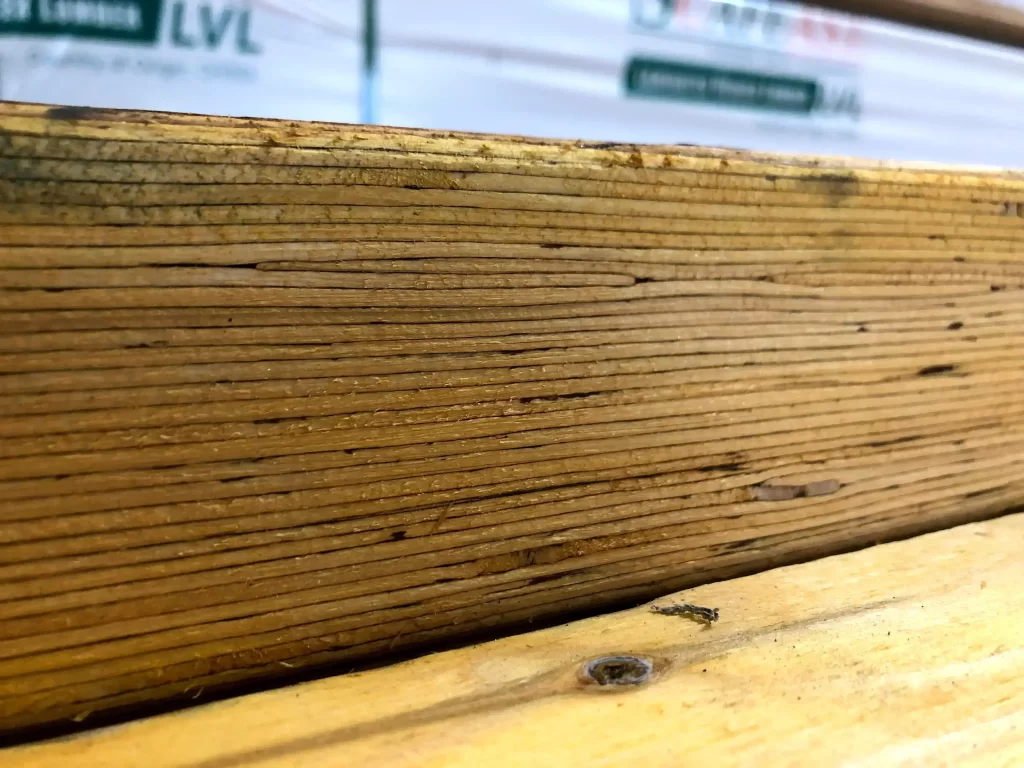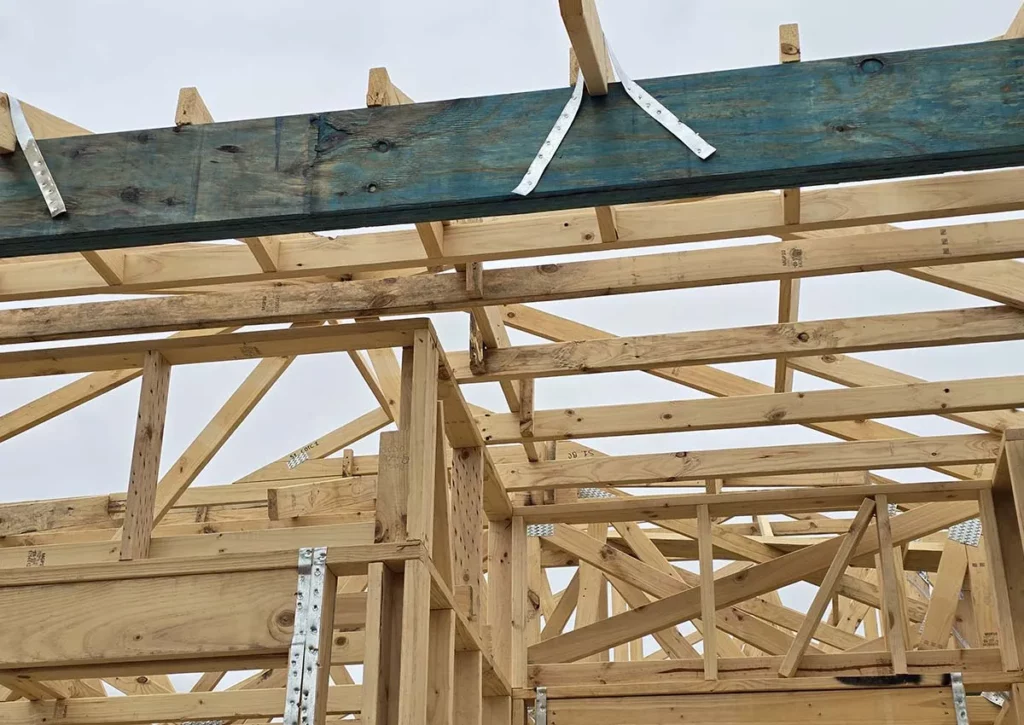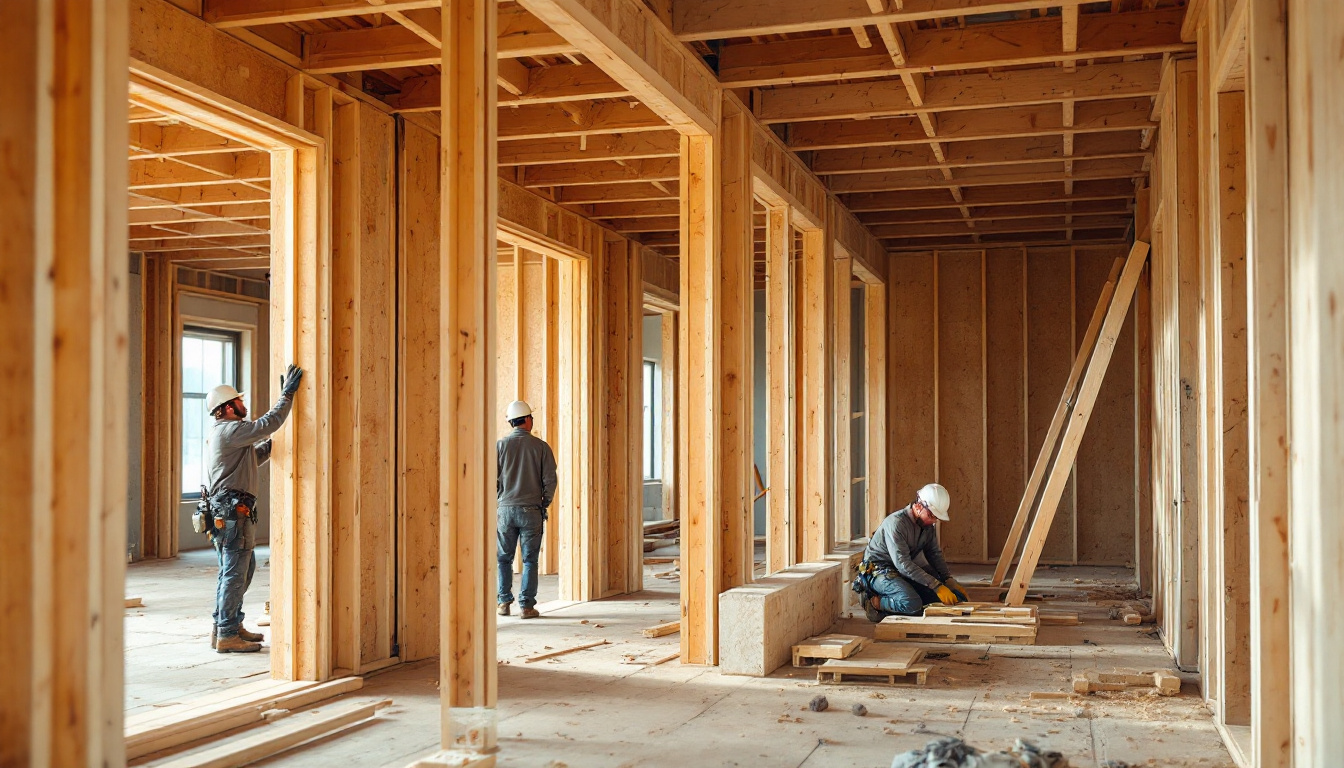
In the realm of construction, the choice of materials plays a crucial role in determining the efficiency, safety, and durability of a building project. One material that has increasingly gained attention is Laminated Veneer Lumber (LVL). Known for its strength and versatility, LVL timber formwork offers numerous advantages that make it a worthy consideration for both residential and commercial projects.
Understanding LVL Timber Formwork
Before diving into the advantages of LVL timber, it’s essential to understand what it is and how it differs from traditional materials used in formwork.
What is LVL Timber Formwork?
LVL timber formwork consists of thin layers of wood veneers glued together under heat and pressure. This technique produces a highly uniform product that combines the natural aesthetic of wood with enhanced structural properties. LVL can be used as formwork for various concrete applications, enabling smooth finishes and precise shapes. Its versatility makes it suitable for both residential and commercial projects, allowing architects and builders to explore creative designs without compromising on structural integrity.
In addition to its aesthetic appeal, LVL timber formwork is also environmentally friendly. The production process utilizes fast-growing tree species, which helps in sustainable forestry practices. This means that not only do builders get a high-performance material, but they also contribute to reducing the carbon footprint associated with construction. Furthermore, the longevity of LVL timber ensures that structures remain intact for years, minimizing the need for replacements and repairs.

Key Features of LVL Timber Formwork
Some of the key features that set LVL timber apart from other formwork materials include:
- High strength-to-weight ratio: LVL provides excellent strength while remaining lightweight, making it easy to handle.
- Minimal shrinkage and expansion: Due to its manufacturing process, LVL is less prone to warping and dimensional changes.
- Uniformity: Each piece of LVL is consistent in quality, enhancing predictability during construction.
Moreover, LVL timber formwork is highly adaptable, allowing for easy modifications on-site. This flexibility can be particularly beneficial in projects where last-minute design changes are necessary. Builders appreciate the ease with which LVL can be cut and shaped to meet specific project requirements, making it a preferred choice for intricate formwork designs. Additionally, its compatibility with various fastening systems ensures that it can be securely assembled, providing peace of mind during the pouring and curing of concrete. Read about compatibility on https://extension.uga.edu/publications/detail.html?number=C1052-09&title=are-we-compatible
Another notable feature of LVL timber formwork is its resistance to moisture damage. Unlike traditional timber, which can swell or rot when exposed to water, LVL maintains its integrity even in damp conditions. This characteristic is particularly advantageous in regions with high humidity or during rainy seasons, where other materials might fail. As a result, LVL timber formwork not only enhances the quality of the finished product but also contributes to the overall durability and longevity of the construction project.
The Benefits of LVL Timber Formwork in Construction
Utilizing LVL timber formwork brings numerous benefits to construction projects, ranging from financial savings to improved performance.
Durability and Strength of LVL Timber
The durability of LVL timber formwork is a significant advantage. It can withstand the rigorous demands of construction sites, including the pressure and weight of wet concrete. LVL’s structural integrity remains intact even when exposed to moisture, reducing the risk of failure. This characteristic is particularly crucial in regions with high humidity or frequent rainfall, where traditional formwork materials may warp or degrade over time. Additionally, LVL timber is engineered to resist splitting and cracking, which enhances its reliability and performance under stress.
Cost-Effectiveness of Using LVL Timber
While the initial cost of LVL timber may be on par or slightly higher than traditional wood, the longevity and reusability of LVL formwork make it a cost-effective choice in the long run. Fewer replacements mean lower overall expenses. Moreover, the ease of handling and installation can significantly cut down on labor costs, accelerating project timelines. The lightweight nature of LVL timber allows for quicker assembly and disassembly, which is particularly advantageous in fast-paced construction environments where time is money. This efficiency not only helps in meeting deadlines but also reduces the risk of on-site accidents, contributing to a safer working environment. To know about efficiency click here.
Environmental Impact of LVL Timber
In an era where sustainability is paramount, LVL timber formwork has advantages in terms of environmental impact. It is made from renewable resources, and many manufacturers source their wood from sustainably managed forests. Using LVL over other less sustainable materials can reduce the carbon footprint of construction projects considerably. Furthermore, the production process of LVL timber is designed to maximize the use of raw materials, minimizing waste. This efficient use of resources aligns with the growing trend of green building practices, making LVL an attractive option for environmentally conscious builders. As more construction companies prioritize eco-friendly materials, LVL timber formwork stands out as a responsible choice that meets both structural needs and sustainability goals.
Comparing LVL Timber to Other Formwork Materials
Though LVL timber has many advantages, it’s always prudent to evaluate it against other materials commonly used in formwork.
LVL Timber vs. Steel Formwork
Steel formwork is renowned for its strength and durability; however, it often lacks the insulation properties that LVL provides. LVL timber is easier to handle and transport compared to steel, reducing the risk of injuries during installation. Additionally, LVL’s performance in terms of thermal insulation can be beneficial in certain climates.
LVL Timber vs. Plastic Formwork
Plastic formwork might be lightweight and resistant to moisture, but it does not offer the same structural strength as LVL. Moreover, plastic can sometimes lead to difficulties in achieving the precise finish often desired in construction. As a natural material, LVL can provide aesthetic benefits that plastic lacks, making it a favored choice for projects where appearance matters.
Practical Applications of LVL Timber Formwork in Building
LVL timber formwork is widely applicable across various types of construction projects. Its versatility ensures it meets the needs of both residential and commercial builds.

Residential Construction with LVL Timber Formwork
In residential construction, LVL formwork is an exceptional choice for creating foundations, walls, and floors. Many builders favor its adaptability to different architectural designs, allowing for innovative solutions that enhance livability.
Commercial Construction with LVL Timber Formwork
In commercial construction, the strength and reliability of LVL timber formwork become even more critical. It is used extensively in large-scale projects, including warehouses and office buildings, where load-bearing capabilities and structural integrity are of utmost importance.
Safety Considerations When Using LVL Timber Formwork
Safety is a paramount concern in construction, and using LVL timber formwork comes with specific considerations to ensure the well-being of workers.
Handling and Storage of LVL Timber
Proper handling and storage of LVL timber are vital to maintaining its structural integrity. It should be stored on a flat, dry surface to prevent warping. Workers should also be trained in safe lifting techniques to avoid injuries.
On-Site Safety Practices with LVL Timber Formwork
Implementing on-site safety practices is crucial when working with LVL formwork. This includes conducting regular safety inspections, ensuring that all team members wear appropriate protective equipment, and providing adequate training on how to assemble and disassemble formwork safely.
In conclusion, the advantages of using LVL timber formwork in construction are numerous, making it a favorable choice for various building projects. From its durability and cost-effectiveness to its environmental benefits, LVL timber is an innovative solution that meets the evolving needs of the construction industry.
Other resources: LVL Formwork Timber